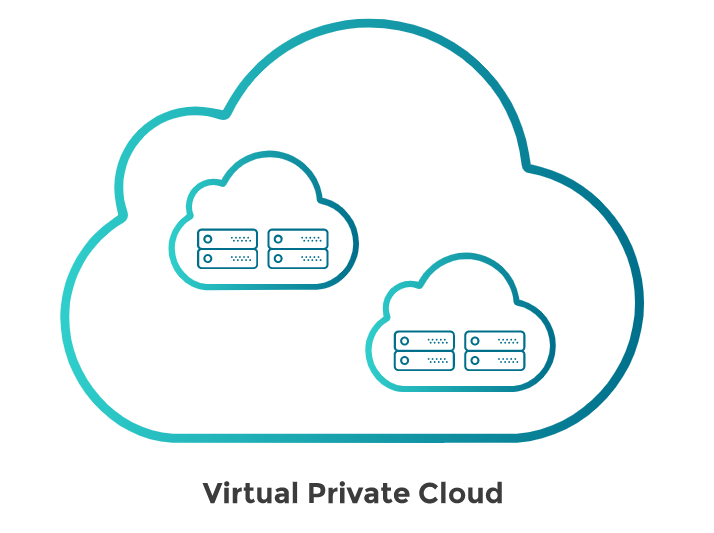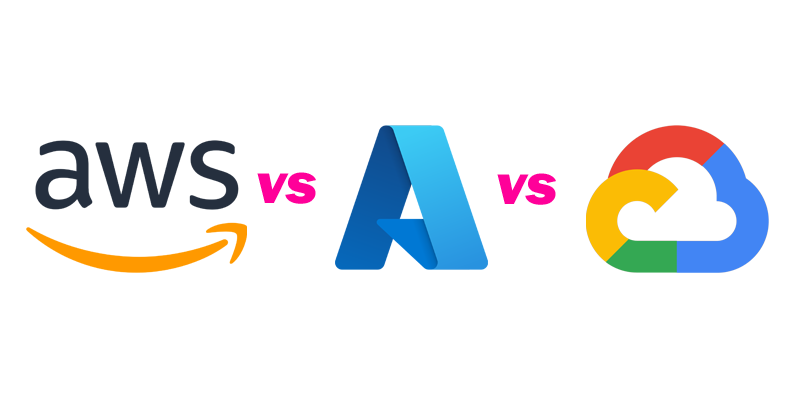By utilizing outsourcing cloud migration services, US businesses are adopting a proactive strategy to increase their operational effectiveness and maintain their competitiveness. This calculated step toward cloud adoption is evidence of the increasing understanding of the enormous possibilities that cloud technologies offer.
A prevailing trend in the United States is to outsource these services, which highlights its popularity and acknowledges external expertise in handling the complexities of cloud migration.
To help businesses in the rapidly changing technological environment, this guide aims to provide a comprehensive overview of Cloud Migration Services in USA, delving into the intricacies involved, key considerations, and potential benefits.
Understanding Cloud Migration
The process of moving information, programs, and other elements from on-premises servers to cloud infrastructure is known as cloud migration. Businesses may take advantage of cloud platforms’ scalability, flexibility, and affordability by making this calculated decision. Moreover, in addition to the actual data transfer, companies can gain from the deployment of cloud-native features and services during the migration process.
This transition to cloud infrastructure allows enterprises to overcome the limits of traditional on-premises deployments. They can quickly adapt to shifting business requirements and accomplish dynamic scaling to meet evolving workloads.
Benefits of Outsource Cloud Migration Services
Outsource Cloud Migration Services USA offers several substantial advantages:
Cost-effectiveness:
Collaborating with experienced service providers enables businesses to achieve a smooth transition without the need for extensive in-house resources. This can result in significant cost savings during the migration process.
Expertise:
Partnering with professionals who specialize in outsource cloud migration services in USA is essential. Specialization signifies a depth of knowledge and experience specific to the nuances of cloud transitions.
Seamless Transition:
Through outsourcing, organizations can ensure a seamless migration process. The dedicated focus of specialized professionals helps minimize disruptions to business operations, maintaining continuity during the transition.
Choosing the Right Outsourcing Partner
Your cloud migration journey could be made or broken by selecting the incorrect outsourced partner.
Key considerations include:
Track Record:
Evaluating the provider’s track record involves assessing their past performances and successful migrations. A provider with a proven track record instills confidence in their ability to handle complex migration tasks.
Expertise:
Ensuring that the chosen partner specializes in cloud migration services outsource is essential. Specialization signifies a depth of knowledge and experience specific to the nuances of cloud transitions.
Customer Reviews:
Gathering insights from customer reviews provides valuable perspectives on the provider’s performance. Positive reviews from businesses that have undergone successful migrations offer a strong endorsement.
Process to Outsource Cloud Migration Services
The outsourcing process encompasses several key stages:
1. Initial Assessment:
An in-depth evaluation of the existing infrastructure is conducted before migration begins. This helps identify specific needs and challenges that must be addressed during migration.
2. Planning and Strategy:
Meticulous planning involves developing a detailed strategy for the migration process. This includes determining the sequence of migration, resource allocation, and potential areas of risk mitigation.
3. Execution and Testing:
The actual migration involves careful execution of the planned strategy. Rigorous testing is conducted at various stages to identify and rectify any issues, ensuring a smooth transition.
4. Flawless Migration:
A successful migration represents the process’s completion. This entails keeping business activities as unaffected as possible to enable a smooth move to the cloud.
5. Challenges and Solutions
While cloud migration offers immense benefits, challenges may emerge:
6. Data Migration Complexities:
Migrating large volumes of data can be complex. Solutions involve implementing robust data migration tools and strategies to ensure accuracy and efficiency.
7. System Compatibility Concerns:
Compatibility issues between existing systems and the cloud platform can arise. Proactive problem-solving through thorough compatibility assessments and strategic planning helps overcome these challenges.
8. Cost Analysis
Understanding the cost associated with Cloud Migration Services in the US involves considering the following:
9. Initial Expenses:
Acknowledging the upfront investment required for outsourcing services, which may include consulting fees, software licenses, and other migration-related costs.
10. Long-term Savings:
Evaluating the long-term cost benefits, including reduced maintenance costs, increased operational efficiency, and potential scalability can lead to substantial savings over time.
11. Security Concerns and Solutions
Security is paramount in cloud migration, addressing concerns through:
12. Robust Security Measures:
Securing critical data during the migration process by putting strict security measures in place, such as encryption, access controls, and frequent security audits.
13. Data Integrity and Security:
Utilizing encryption, ongoing monitoring, and adherence to industry best practices to guarantee the security and integrity of data both during and after migration.
Businesses may go to the cloud with confidence when these security procedures are put in place since they protect sensitive data.
Wrapping Up
To sum up, Outsource Cloud Migration Services in the US may help companies successfully and affordably make the switch to cloud infrastructure. To guarantee a seamless relocation process, though, careful planning and the choice of an appropriate outsourced partner are essential.
Businesses may successfully navigate today’s rapidly evolving technology landscape and make well-informed decisions on their cloud adoption strategy by being aware of the nuances, important factors, and possible advantages of outsourcing cloud migration.





















